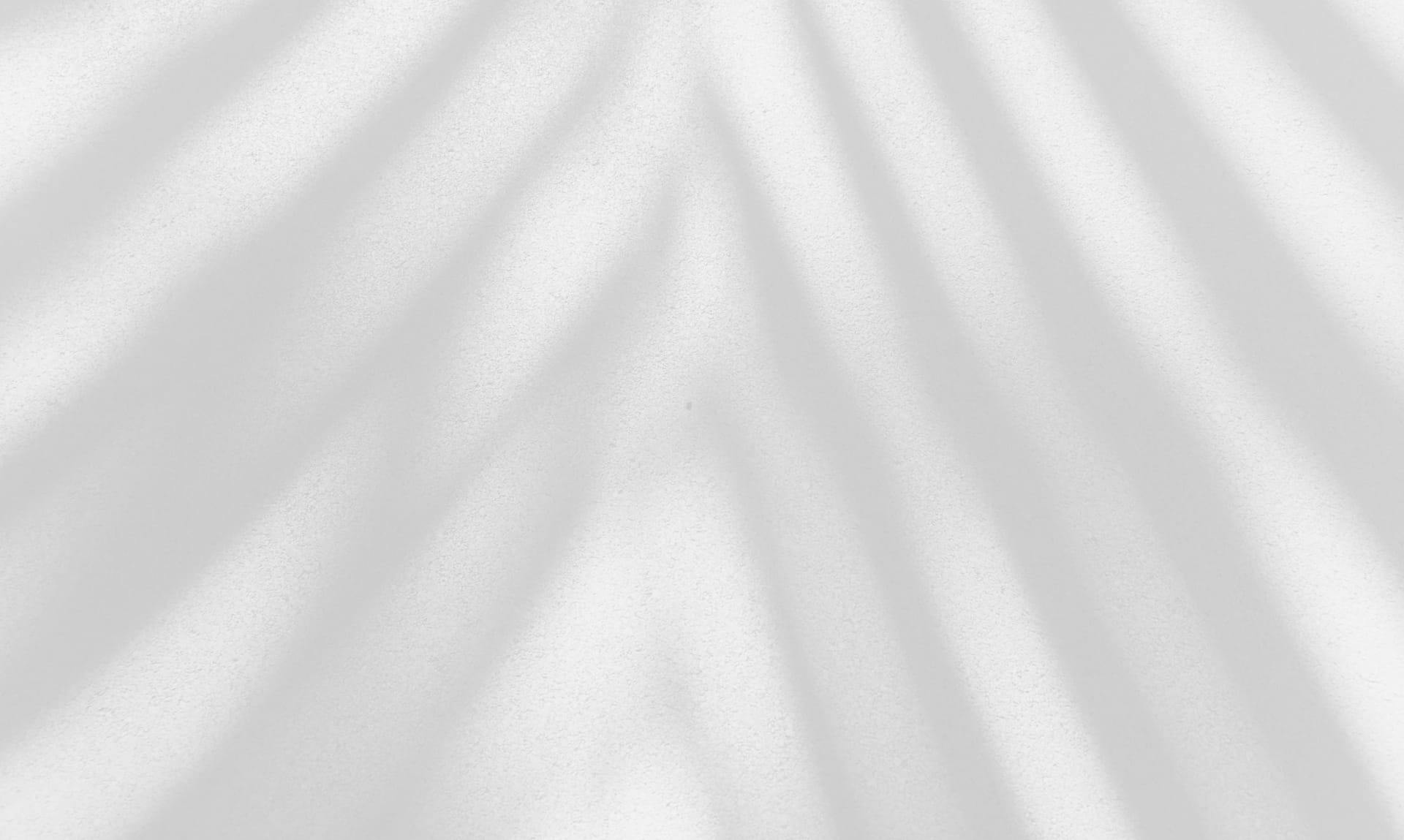Scars are a natural response to skin injury and an important part of healing. But the visible reminder of past trauma can bring its own pain. Scars can impact confidence and make a person feel held back in life. Whether resulting from surgery, trauma, or skin procedures, scars vary in appearance and can lead to issues like hypertrophic scarring or keloids.
Feel the Changes Difference
- Skilled Surgical Team: Our team boasts expertise in scar revision procedures, ensuring you receive the highest quality of care.
- Upscale Surgical Center: Your safety is our priority. Our commitment to maintaining rigorous standards guarantees a secure and comfortable environment for your treatment.
- Personalized Consultations: Every individual is unique, and so are their scars. We believe in understanding your needs to tailor an effective scar removal plan just for you.
- Exceptional Care from Start to Finish: From the initial consultation to the final stages of recovery, our dedicated team ensures your satisfaction at every step.




